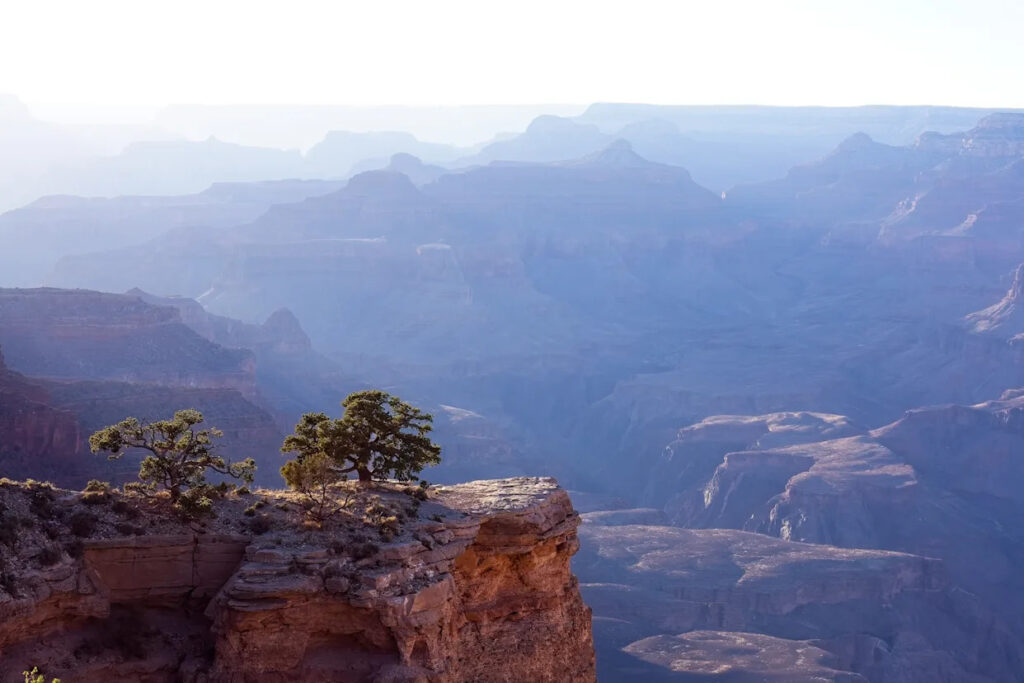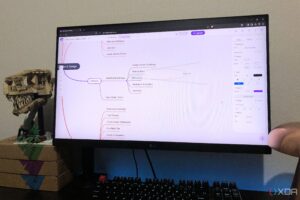
UPDATE: The Grand Canyon’s North Rim has been announced closed until 2026 as the devastating Dragon Bravo Fire rages on with only 2% containment. Sparked by lightning on July 4, this wildfire has already scorched over 11,700 acres, leading to the destruction of historic structures, including the iconic Grand Canyon Lodge.
The fire has escalated into one of the most destructive events in the park’s history, forcing the evacuation of all staff and visitors. Fortunately, there have been no reported injuries, but the scale of destruction is catastrophic. Park officials confirmed that the North Rim will remain closed for the rest of the 2025 season and into 2026, leaving travelers with significant disruptions to their plans.
Initially, the fire was managed as a “confine and contain” burn, a strategy often used in national parks to allow natural fires to clear underbrush. However, extreme heat, dry conditions, and high winds caused the blaze to grow uncontrollably by mid-July. Fire crews have since shifted to full suppression efforts, utilizing aerial water and retardant drops to protect critical infrastructure.
As of July 20, the fire remains largely uncontained, with estimates between 2% and 8%. Over 800 personnel are actively fighting the fire, yet operations faced interruptions due to a chlorine gas leak at a water treatment site, forcing crews to retreat temporarily.
The devastating toll on historic structures includes the loss of around 70 to 80 buildings, comprising cabins, utility facilities, and visitor centers. The Grand Canyon Lodge, a National Historic Landmark established in the 1920s, was one of the most beloved attractions and is now a significant loss to the park’s heritage. Restoration efforts are expected to take years, and it remains uncertain if the lodge can be rebuilt to its former glory.
“We need to understand how this fire became so destructive,” said Arizona Governor Katie Hobbs, who toured the charred area earlier this week. She has called for a federal investigation into the National Park Service’s policies regarding fire management.
The Dragon Bravo Fire has ignited a national debate on the balance between natural fire management and the protection of historic structures, especially as extreme weather events become increasingly common. The fire’s impact extends beyond the North Rim; it affects air quality and visibility at the South Rim, which remains open to visitors.
Travelers planning to visit the Grand Canyon are advised to stay updated with National Park Service announcements for the latest information and to prepare for potential fire restrictions. The entire North Rim, including its campgrounds and popular trails like North Kaibab, is closed indefinitely.
This ongoing disaster highlights the urgent need for proactive fire management strategies as visitors and park officials grapple with the aftermath of the Dragon Bravo Fire. Stay tuned for further developments as the situation evolves.





